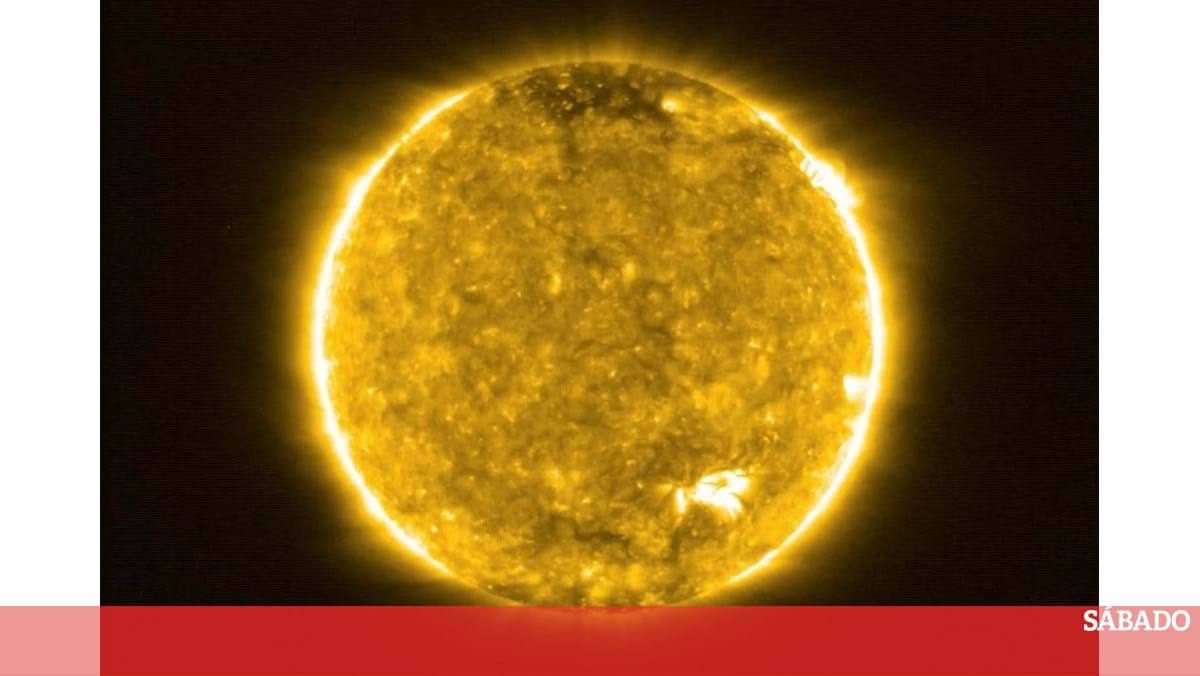It has been about 250 million years since reptile-like animals evolved into what we know as mammals today. Now, a team of scientists has predicted that mammals have reached the halfway point of their existence.
To reach this result, a virtual simulation of the future was built, with the same technology that predicts the consequences of global warming, which included data on the movement of the continents and fluctuations in the chemical composition of the atmosphere.
Alexander Farnsworth, a paleoclimate researcher at the University of Bristol and responsible for… Stady Published in Natural earth sciencesIt is reported that the planet is in danger of becoming too hot for any mammal to survive, mainly due to three factors: the sun will grow, the geographical position of the continents will change, and carbon dioxide will increase.
“It’s a triple whammy that will be impossible to survive,” says the scientist.
The future of the Earth has been studied by scientists from various fields in recent years. Astronomers believe that our Sun will become larger and brighter, to the point that it will engulf Earth in about 7.6 billion years.
However, life as we know it now is not expected to last long. As the Sun grows, it emits more energy to the planet. Every 100 million years, the energy released by the Sun increases by 1%. The atmosphere heats up and water evaporates more quickly.
Water vapor in the atmosphere is a powerful greenhouse gas, which will make the Earth hotter by retaining more heat. According to this study, within two thousand years, the planet will be so hot that all the water in the oceans will evaporate.
The second factor highlighted is the movement of tectonic plates, where land masses have collided throughout Earth’s history to form supercontinents, and then broken apart. This phenomenon last occurred between 330 million and 170 million years ago, and the study predicts that a new supercontinent, Pangea Ultima, will form along the equator within 250 million years.
The creation of the Pangea Ultima model was led by Christopher Scotties, a geophysicist at the University of Texas, who created more detailed simulations of the future by tracking the atmosphere moving over the oceans and continents.
The presence of a supercontinent will accelerate global warming even further, as the land heats up faster than the oceans, so the presence of a vast land surface will create a giant inland region where temperatures will rise even more, due to the lack of cooling.
If Pangea Ultima behaved like the supercontinents already studied, it would be filled with volcanoes with the potential to release large waves of carbon dioxide, another factor that would contribute to rising temperatures.
Currently, humans release more than 40 billion tons of carbon from fossil fuels annually, which has led to global warming. If nothing is done to reverse this trend, biologists fear that a number of species will end up extinct, and humans will no longer be able to tolerate the heat and humidity in certain areas of the planet.
According to the study, mammals will be the animals most affected by these changes, and Pangea Ultima should become so hot that no mammal can survive. Alexander Farnsworth only takes into account the possibility of survivors in “some areas on the northern and southern fringes.”
Areas of Pangea Ultima that could be habitable
Natural earth sciences
Most likely, the dominance experienced by mammals over the past 65 million years will be replaced by the dominance of reptiles, especially those that, because of their cold blood, can withstand high temperatures.
Discover it to
Today’s releases

“Wannabe internet buff. Future teen idol. Hardcore zombie guru. Gamer. Avid creator. Entrepreneur. Bacon ninja.”

